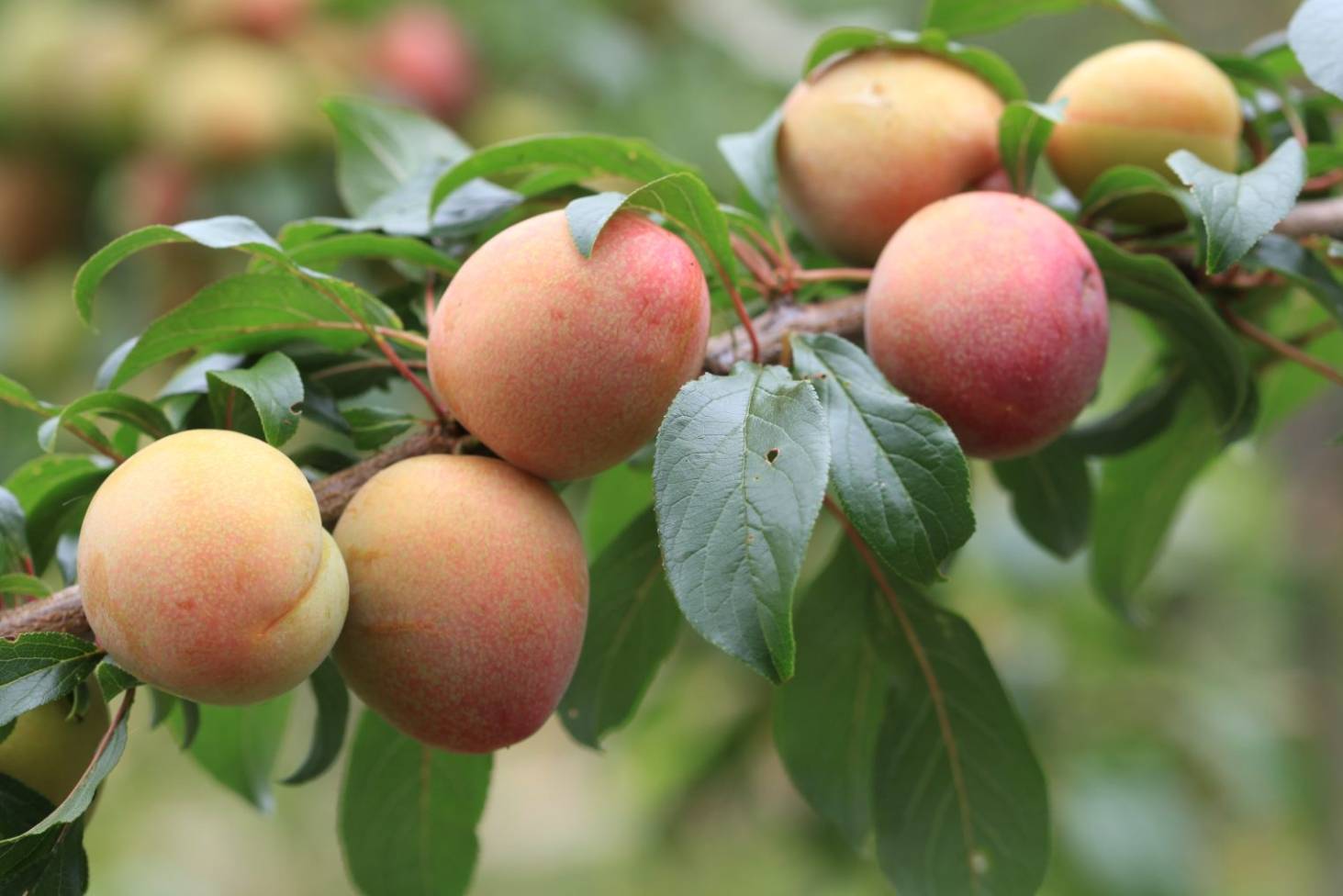
Apricot Pruning: How And When To Prune
The apricot, belonging to the Rosaceae family, is a plant native to distant China, which has come down to us thanks to the Arabs.
This fruit plant can also be grown only for ornamental purposes, given the peculiarity of its buds that can be wooden, narrow and pointed, or flower-shaped, more rounded. the so-called “bunches of May” are small branches of about 10 cm covered with flower buds.
The choice between cultivation for ornamental purposes or cultivation for apricot production must be made when the plant is still young (two or three years of life).
THE FIRST CUT
Contents
When we talk about gardening, we have to talk about cutting and pruning. In the apricot tree, the first cut, which will also remain the only one affected to the main branch, will be made when the plant, still young, will be between thirty centimeters and two meters above the ground.
If the plant has an ornamental purpose, the first cut will be made at the bottom, below fifty centimeters, while if the pruning of the apricot is aimed at production, the first cut will be made higher.
The first cut will give the start to the ramifications then it will determine the shape of the plant.
STRUCTURAL FORMATION OR PRUNING FOR BREEDING
Breeding pruning refers to pruning to be carried out during the first three years of life when the plant is still green.
The apricot, in the first years of life, not being yet weighed down by the fruit, has a vertical development.
Even before going to make the cut, is chosen what you think maybe the main branch and proceed with a series of twists (bends) on the other branches. These twists will produce basal fractures which, however, will heal very quickly.
The apricot is a fairly elastic plant, but if the branch, once bent, should break completely, it is advisable to remove it completely by cutting it with a clean cut at the base.
The branches on which to twist are branches that grow vertically going to compete with the top. Twists should be made in order to recreate a general structure similar to a funnel, or a pot, identifying the main branch, cutting some secondary branches, and going to make the twist on the best secondary branches so that the angle formed between the main branch and the ground is about forty-five degrees. It is important that the plant as a whole retains a certain harmony.
PRODUCTION PRUNING
When the plant is still young, still green, to distance and bring the branches closer together is enough to bend them.
When the plant is a little more adult, for example in its five years of life, it has a much more woody structure, being the apricot a plant of medium vigour.
So, being in the presence of more or less vigorous branches, in order to regulate the structural evolution is useful to bring the branches closer together by tying them with support ropes, but to distance them you can use a stick of the desired length, placed between the branches in order to distance them. The intermediate stick should not be fixed in any way because it will be supported by the pressure exerted by the spaced branches. If necessary, it can still be tied with willow.
After having prepared the plant you can proceed to the cut.
As with many other plants, apricot pruning should be done from above.
The cut should always be made at the base of the branch to be removed. When, however, you need to go to shorten the branch, so do not eliminate it altogether, you will use the so-called return cut that consists of going to cut the branch near a branch of smaller diameter than the branch eliminated.
The return cut is made in order to make the branch fruitful.
It is important to underline that every cut must always be applied to some healing mastic because the apricot is very sensitive to fungal diseases.
The branches to be cut are the least vigorous, called sub-branches, which start from the most vigorous branches called branches. Vigorous branches must also be cut if they are close to the highest part of the plant.
Also, the branches which contribute to shading the rest of the plant will be cut.
WHEN TO PRUNE
Apricot pruning should be carried out at various times of the year. The main pruning should be carried out in September, in areas where the climate is mild.
Green pruning is used when pruning is carried out during the spring months, from March to May, or in the summer months, in August, when the development of flower buds in the branches is completed.
Dry pruning, on the other hand, occurs when pruning is carried out in winter, when the focus is on the return cuts, in order to prepare the plant for fruiting.
USEFUL ADVICES
As with many fruit plants, it is good to maintain the right balance between the vegetative and fruitful parts of the plant. It is, therefore, necessary to intervene with thinning actions, when necessary, in order to eliminate excess vegetative production. This will also promote the perception of the light that the plant needs.
When the plant is older, drastic interventions may be necessary which may also involve the elimination of entire branches, in order to facilitate the vegetative recovery. These interventions should be carried out at the end of the summer.
It is always a good idea to ensure that the tools used for cutting are always well sharpened and properly disinfected with amuchina, in order to avoid fungal or bacterial infections.


